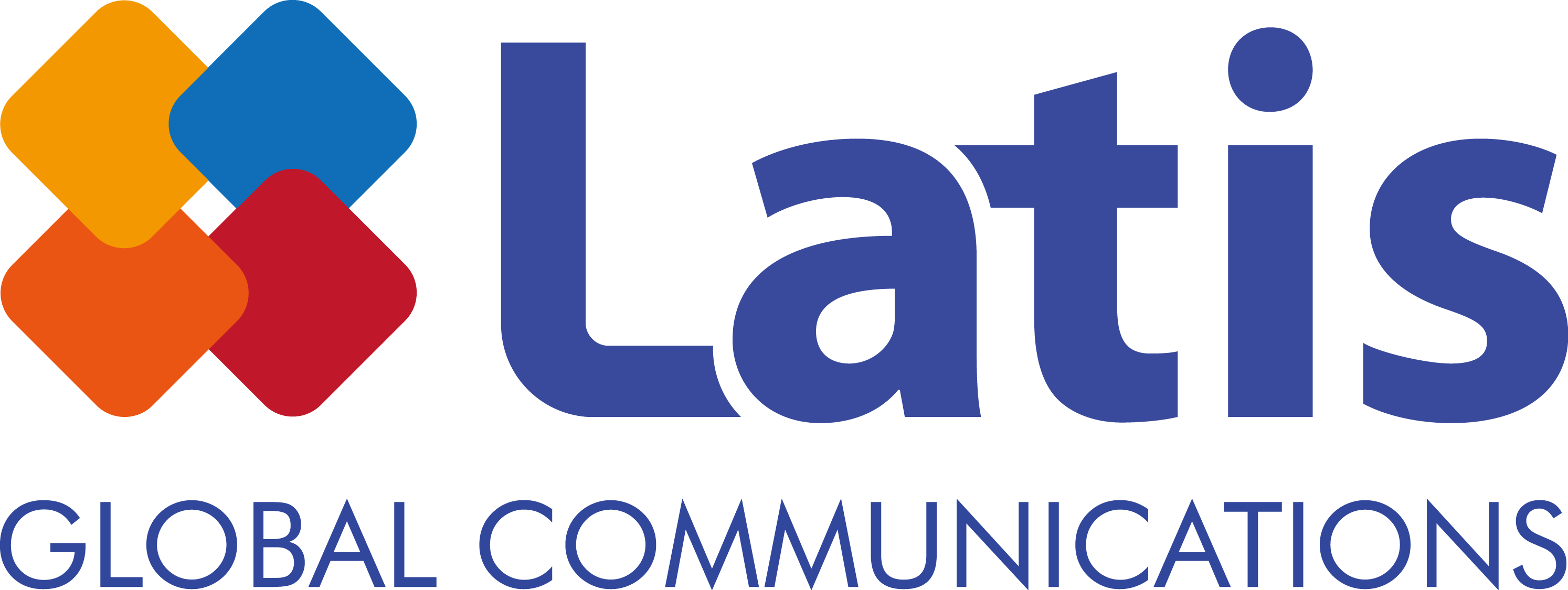

The Brazilian Gaming Market: An Overview
- The Brazilian gaming market has grown to around USD 5.78 billion (approx. KRW 7.514 trillion) in 2023, which is more than six times higher than USD 850 million (approx. KRW 1.105 trillion ) in 2017
- Specifically, the Brazilian market size recorded rapid growth in 2020 and 2021 due to increased indoor activities and surging demand for digital entertainment caused by COVID-19
- Brazil’s population and economic scale show relatively high game usage compared to other Latin American countries, suggesting that Brazil has the largest user base in Latin America
- The Brazilian gaming market is expected to maintain an average annual growth rate of 8.1% over the next 5 years, with growth rates projected to gradually stabilize over time by reaching 10.9% in 2024, 10% in 2025, 6.1% in 2026, 8% in 2027, 7.1% in 2028, and 6.7% in 2029
- This growth pattern suggests that the Brazilian gaming market is entering the maturity stage.
- The Brazilian gaming market is being stimulated by factors such as increased smartphone penetration, improved internet infrastructure, and advancement of digital payment systems
- As of 2023, 78.9% of Brazilian internet users play their games on smartphones, indicating that mobile games play a crucial role in expanding market accessibility

Characteristics of the Brazilian Gaming Market
1. Major Platforms and Consumer Trends in Brazil
- •According to the analysis of Brazilian gamers’ device usage patterns in 2024, smartphone usage rate accounts for the highest proportion at 78.9%, which can be attributed to the high penetration rate among the Brazilian population and increased internet accessibility
- •This was followed by laptops and desktop computers (42.3%), gaming consoles (39.3%), tablets (14.5%), handheld gaming devices (11.3%), media streaming devices (11%), and VR headsets (4.8%)
- •In 2024, 52% of Brazilian gamers preferred action-adventure games, making it the most preferred genre. This was followed by action, strategy, sports, adventure, shooter, simulation, RPG, and casual games
- •The analysis of game purchase channels in Brazil showed that Amazon (39%), Google Play Store (35%), and PlayStation Store (35%) were the most popular platforms, followed by Steam, Epic Games, and Mercado Libre
- •This indicates that Amazon’s growing focus on the Brazilian market and the expansion of Prime Gaming benefits are proving effective
2. Analysis of Brazil’s Gaming Industry Ecosystem
- Brazilian game development studios experienced rapid growth of 169% over a short period, increasing from 375 in 2018 to 1,009 in 2022, and maintained steady growth with a 3.2% increase over the previous year in 2023
- According to the analysis of regional distribution in Brazil, as of 2023, game development studios in Brazil were most concentrated in the Southeast region at 55%, followed by the South, Northeast, Central-West, and North regions.
- Looking at the game development status by platform in 2022, PC games (24.95%) and mobile games (24%) accounted for the largest share, followed by web browser-based games, console games, and VR/AR games.
- A notable change is that while mobile games ranked first with 37% and 39% in 2020 and 2021, respectively, PC games slightly surpassed mobile games in 2022
- In addition, the proportion of web browser-based games increased by 11% over the previous year in 2022, reaching 23%. This can be seen as a strategic choice driven by advancements in HTML5 technology and the need to adapt to low-spec devices

Strategy for Entering the Brazilian Market
- According to a 2023 survey of 254 game developers in Brazil, while the domestic market emerged as the most important target, they are also actively expanding into global markets. The main overseas target markets were the United States (58%), Latin America (57%), Western Europe (55%), and Canada (52%)
- This shows that Brazilian game developers are pursuing diversified global strategies, putting linguistic and cultural accessibility in consideration
- According to the survey of markets planned for entry within the next 3 years, Latin America, Canada, Japan, Western Europe, and China received the highest interest in that order
- Interest in Asian markets has increased, particularly in Japanese and Chinese markets, and Brazilian developers have shown increased confidence in the global market
- Brazil is a Portuguese-speaking country, and linguistic localization is a key element for market entry, making it essential to reflect Brazil-specific expressions and cultural context
- Collaborating with local game publishers or distributors when entering the Brazilian market can help lower market entry barriers



